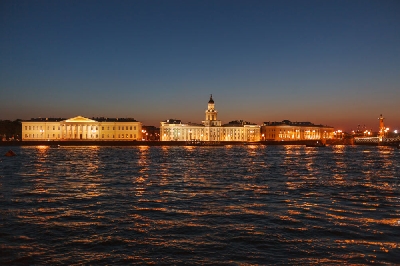Kunstkamera is the first museum in the city and one of the most interesting ones in Saint-Petersburg. Since XVIII the building of Kunskamera is a symbol of Russian Academy of Sciences. The collection of rarities and anatomical anomalies. The Globe of Gottorf - the first and the biggest in the world globe-planetarium.
Choose a country
*
Choose a city
*
*
Kunstkamera
Peter the Great Museum of Anthropology and Ethnography
i
t
The most well-known sights - Must see! w
The city in architecture and monuments w
Civilization: the science and technology progress, the household mode, industrial city r
Mystic and cult places r
Interesting for children r
*
monuments, architecture, museums, art galleries
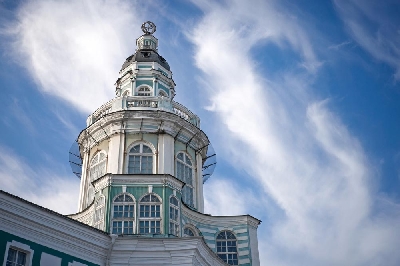
Address:
g Universitetskaya Naberezhnaya, 3
g 59.941382,30.303629
м Admiralteyskaya, Nevskiy Prospekt, Gostiny Dvor
g +7(812)328-14-12
Details:
g 1 ч. 30 мин.
!Private tours disign
Персональный сервис в вашем путешествии -
это доступнее чем кажется!
это доступнее чем кажется!
*
Tickets:
Entrance ticket: for adults - 300 RUR, for schoolchildren, students - 100 RUR
Information about attraction according to interests categories
The most well-known sights - Must see! w
The city in architecture and monuments w
Civilization: the science and technology progress, the household mode, industrial city r
Mystic and cult places r
Interesting for children r
The most well-known sights - Must see! w
Kunstkamera, also known as Peter the Great Museum of Anthropology and Ethnography, is not only one of the most interesting museums in Saint-Petersburg, but also one of the most popular ones among tourists and inhabitants. Its wonderful collection will interest both, adults and kids.
The city in architecture and monuments w
Kunstkamera is the first museum in Russia, it was founded by Peter the Great in 1727. The building of the museum was constructed in 1718-1734 by the design of the architect G. Mattarnovy, it is the oldest museum building in the world. Since the beginning of the XVIII century the building of Kunstkamera is the symbol of Russian Academy of Sciences, because right here Saint-Petersburg Academy of Sciences, which was founded by Peter I, was situated. The Academy is the birthplace of the present Russian Academy of Sciences, Saint-Petersburg State University, Library of the Academy of Sciences, The Main Astronomical observatory and many other Russian scientific and museum institutions. The museum was established with one main goal – exploration and research of the rarities, which were made by nature and man.
Civilization: the science and technology progress, the household mode, industrial city r
Nowadays the museum collection is one of the most interesting and complete among such kinds of the collections all over the world. The collection contains over 2000000 items and displays a variety of the cultures and peoples of the Old World and the New World, which are presented in the following sections: “North America”, “Japan”, “Africa”, “China and Mongolia”, “India and Indonesia”, “Australia and Oceania”. However Anatomical section attracts visitors the most, there are exhibits with different anatomical deformities and natural anomalies. Also in the museum there are expositions devoted to the history of Kunstkamera and history of the Russian science in XVIII century (“M. Lomonosov and the Academy of Science of XVIII century, “The first astronomical observatory of the Academy of Science” and “The Globe of Gottorf”).
Mystic and cult places r
Interesting for children r
In the museum the special focus is made on the work with kids. The program for children "My Kunstkamera" includes different excursions, game-lessons, contests, festivals, routes, which make visiting of the museum more interesting for kids.
The most popular exposition among children - “The Globe of Gottorf” - it is the first and in former times the biggest globe-planetarium in the world, its diameter is 3.1 meters. The Globe was constructed in 1664 in Gottorf duchy, the author of this project is A. Olearius. 10 July 1713 the diocesan of Gottorf duchy Christian August signed an order to transfer the globe to Petersburg as a diplomatic present to Peter the Great. On 20 March 1717 it was brought to Petersburg, where later was set up in the building of Kunstkamera.
YOU MAY BE ALSO INTERESTED IN
-
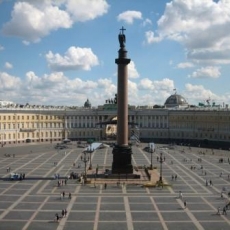 Alexander Column! St. Petersburg, Russia
Alexander Column! St. Petersburg, Russia -
 Alexander Nevsky Lavra! St. Petersburg, Russia
Alexander Nevsky Lavra! St. Petersburg, Russia -
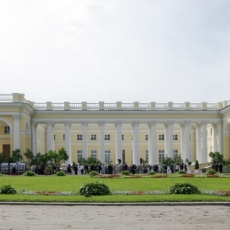 Alexander Palace, Tsarskoe Selo State Museum-Preserve! St. Petersburg, Russia
Alexander Palace, Tsarskoe Selo State Museum-Preserve! St. Petersburg, Russia -
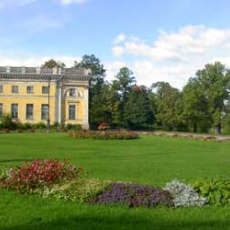 Alexander Park, Tsarskoe Selo State Museum-Preserve! St. Petersburg, Russia
Alexander Park, Tsarskoe Selo State Museum-Preserve! St. Petersburg, Russia -
 Alexandria Park, State Peterhof Museum complex! St. Petersburg, Russia
Alexandria Park, State Peterhof Museum complex! St. Petersburg, Russia -
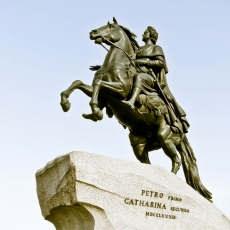 Bronze Horseman and Senate Square! St. Petersburg, Russia
Bronze Horseman and Senate Square! St. Petersburg, Russia -
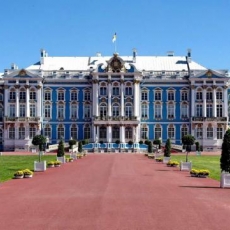 Catherine Palace and Amber Room, Tsarskoe Selo State Museum-Preserve! St. Petersburg, Russia
Catherine Palace and Amber Room, Tsarskoe Selo State Museum-Preserve! St. Petersburg, Russia -
 Catherine Park, Tsarskoe Selo State Museum-Preserve! St. Petersburg, Russia
Catherine Park, Tsarskoe Selo State Museum-Preserve! St. Petersburg, Russia -
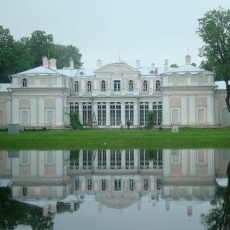 Chinese Palace, Palace and Park Ensemble "Oranienbaum"! St. Petersburg, Russia
Chinese Palace, Palace and Park Ensemble "Oranienbaum"! St. Petersburg, Russia -
 Colonnade of the Saint Isaac's Cathedral! St. Petersburg, Russia
Colonnade of the Saint Isaac's Cathedral! St. Petersburg, Russia





